| Topic |
Description |
Diagram |
|
Copy type
|
Construction and assignment of copy type implicitly copies contents of source to destination.
- contiguous memory, satisfies Copy trait
-
examples: primitive types like i8, i16, .., u8, u16, .., f32, f64, &str, immut refs, ..
-
constr: let x = y; // copies
assign: x = y; // copies
-
Code demo:
Copy
|
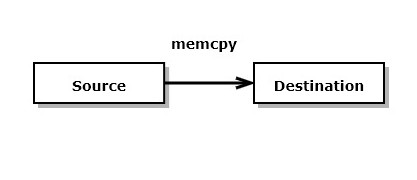
|
|
Move type
|
Construction and assignment of move type implicitly moves resources of source to destination.
- non-contiguous memory, does not implement Copy trait
- move transfers ownership of resources from source to destination
-
examples:
Vec<T>, String, aggregate types holding at least one move type, mut refs,
many user defined types
-
constr: let x = y; // moves
assign: x = y; // moves
y invalid after operation
-
Code demo:
move
|
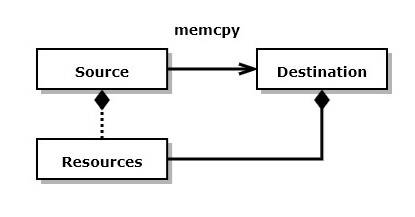
|
|
Clone type
|
Construction and assignment of clone type explicitly copies resources of source to destination.
-
examples: Vec<T>, String, many user defined types
-
constr: let x = y.clone(); // clone
assign: x = y.clone(); // clone
y valid after operation
-
Code demo:
clone
|
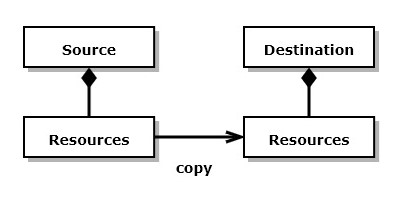
|
|
Reference type
|
Pointer to instance of some type with special rules:
-
raw pointers may be declared, initialized, and written to the console. That is safe. However, dereferencing is unsafe.
|
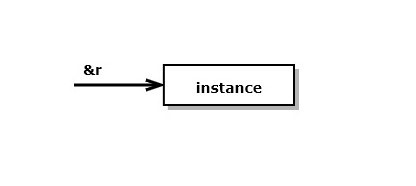
|
|
Vec<T>
|
Collection of instances of type T residing in contiguous heap memory.
-
consists of control block in stack holding pointer to array of T instances in heap
-
reallocates heap memory to accept new instance when capacity is full
-
create vector:
let v = Vec::<int>::new();
let w: Vec<T> = vec![t1, t2, t3];
-
v and w are dropped, returning resources, when they go out of scope.
-
Code demo:
create and display vectors
|
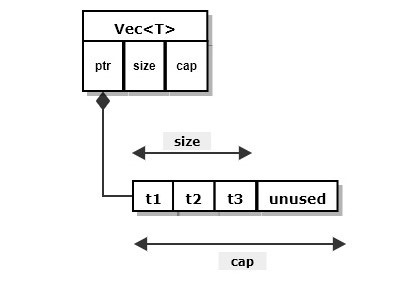
|
|
VecDeque<T>
|
Collection of instances of type T residing in a circular buffer in heap memory.
-
consists of control block in stack holding pointer to circular buffer of T instances in heap
-
Control block contains references to the front and back of the VecDeque.
-
reallocates heap memory to accept new instance when capacity is full
-
create queue:
let v = VecDec::<T>::new();
v.push_back(t1); v.push_back(t2); let u = v.pop_front();
-
v and u are dropped, returning resources, when they go out of scope.
-
Code demo:
create and display vecdeque
|
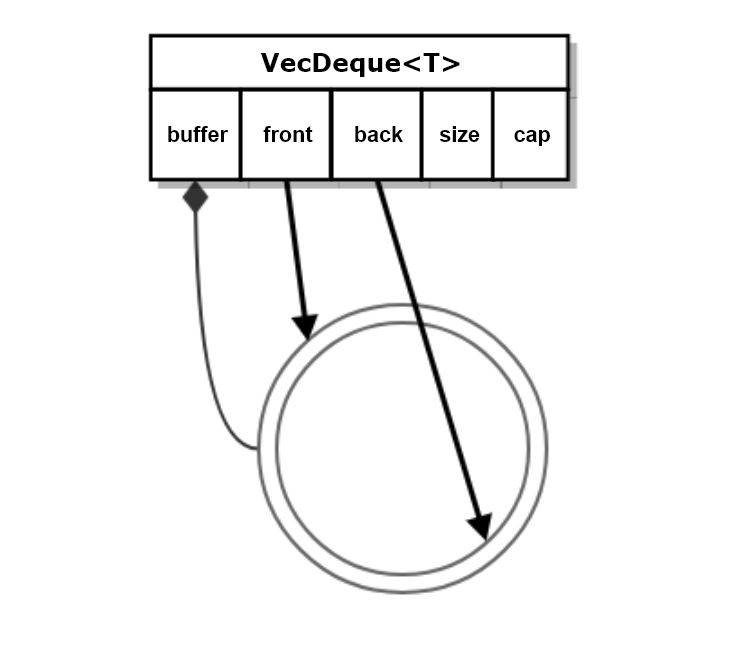
|
|
HashMap<K,V>
|
Collection of buckets (linked list of key-value pairs) rooted in table in heap memory.
-
Consists of control block in stack holding pointer to address table of buckets in heap
-
Hash function used to calculate table address from key.
-
If hash yields address with existing bucket, key-value pair added to bucket list.
-
Reallocates table memory when table bucket count approaches table size.
-
create hashmap:
let h = HashMap::<K,V>::new();
h.insert(k,v);
-
table and all bucket elements are dropped when they go out of scope.
-
Code demo:
create and display HashMap
|
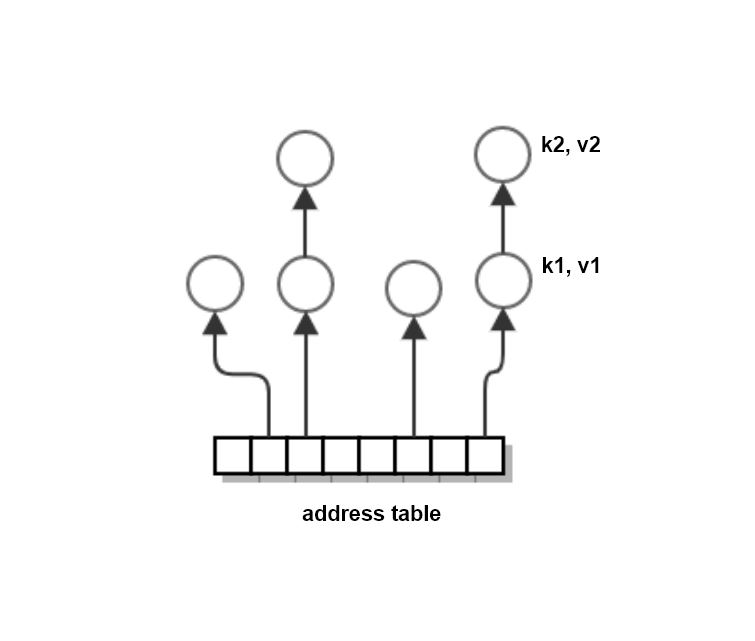
|
|
String
|
Collection of utf-8 characters residing in contiguous heap memory.
-
consists of control block in stack holding ptr to contiguous heap memory allocation.
-
a utf-8 character may occupy from 1 to 4 bytes, allowing a large collection of
language sets, e.g., ASCII, Unicode, Kanji, Arabic, ...
-
The item above means that Rust std::String instances cannot be indexed. There is a
string iterator, called chars(), that understands byte sequences that define
utf-8 character boundaries.
let s = String::from("a literal string");
let c2 = s.chars().nth(4).unwrap();
-
reallocates heap memory to accept new character(s) when capacity is full
-
create String:
let s = String::new();
let t = String::from("a string");
-
s and t are dropped, returning resources, when they go out of scope.
-
Code demo:
create and manipulate String and str
|
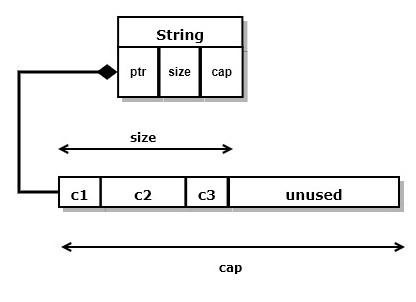
|
|
str
|
str is a copy type that represents a literal string in contiguous block of memory
-
converting between str and String:
let s = "an ordered collection of utf-8 characters";
let t = String::from(s);
let u = &s;
-
Literal strings are almost always used via a reference, e.g., &s
-
Sample code in Rust Playground:
copy str demo
|

|
|
Box<T>
|
Box is a smart pointer to an instance of type T on the heap.
-
Box is the only safe way to allocate an instance in the heap
-
let s = String::from("string in heap");
let x = Box::new(s); // moves s into Box
-
a Box is dropped to release its resource when it goes out of scope
-
a Box instance is implicitly dereferenced to provide the interface of its
inner instance
-
Code demo:
store, modify, and read value in heap
|

|









